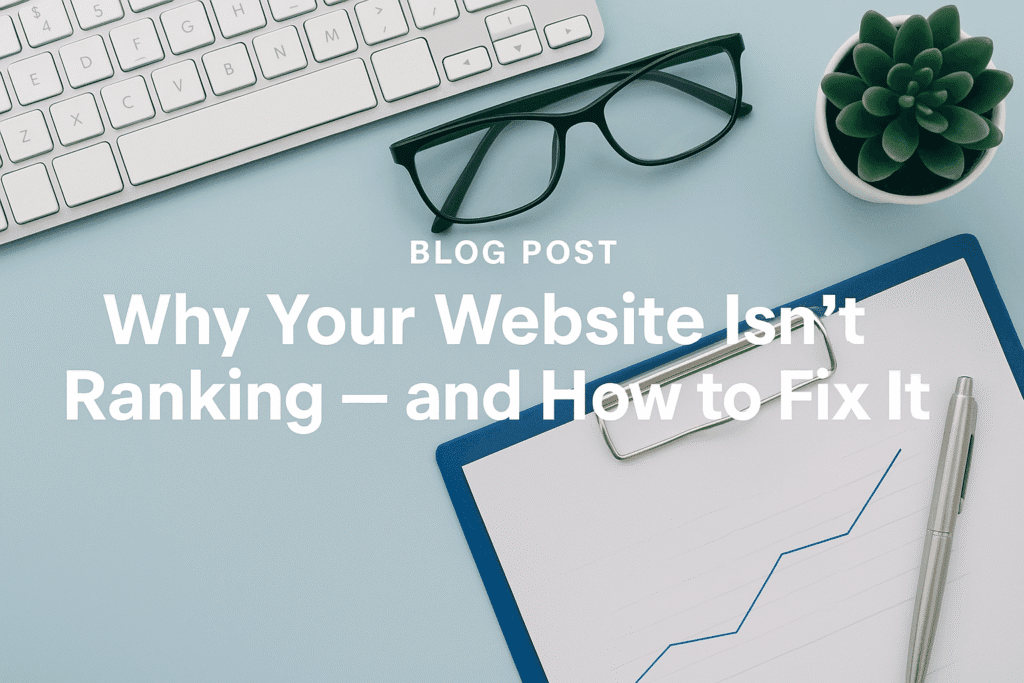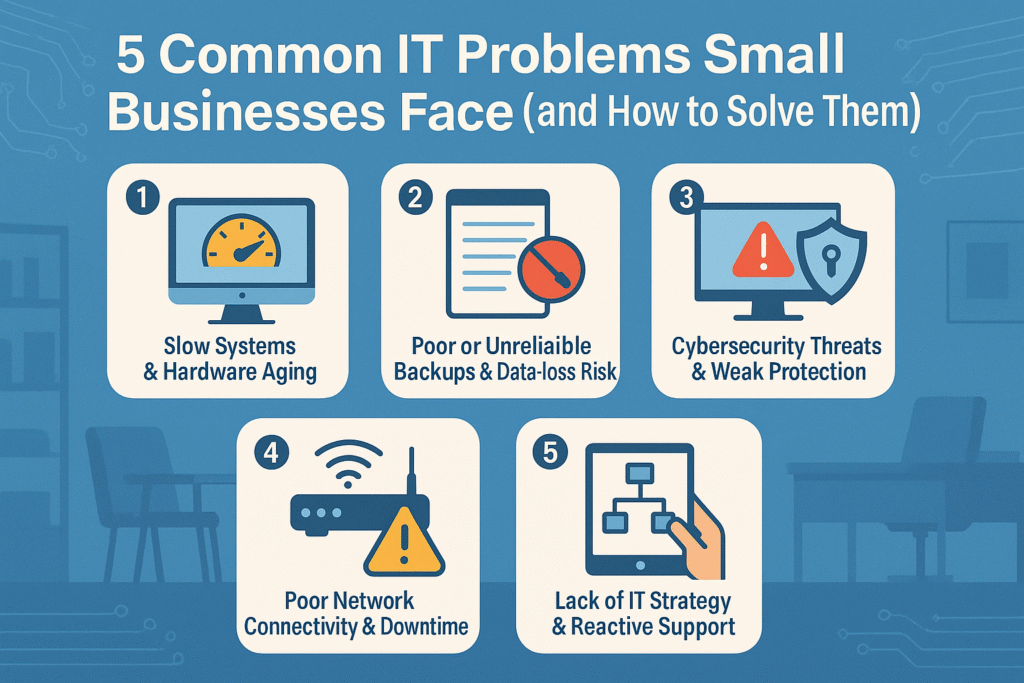Search engine optimization (SEO) is one of the most effective ways for small businesses to attract customers online. But many owners struggle to get it right. Between running daily operations and trying to keep up with Google’s endless updates, SEO often ends up overlooked or misunderstood.
The truth is, a few simple mistakes can seriously limit your online visibility. Here are five of the most common SEO missteps small businesses make — and how to fix them.
1. Skipping Keyword Research
Too many small businesses create content without first understanding what their customers are searching for. Instead of targeting specific, relevant terms, they go after overly broad keywords like “lawyer” or “florist.” The problem? Those terms are incredibly competitive and don’t reflect local intent.
How to fix it:
Do a bit of keyword research before you write anything. Tools like Google Keyword Planner, Ubersuggest, or Ahrefs’ free keyword generator can help you find search phrases that real customers use. Focus on long-tail keywords such as “estate planning attorney in Dallas” or “wedding florist in Portland.” They’re more specific and easier to rank for.
2. Forgetting Basic On-Page SEO
Even well-written content won’t perform if your on-page SEO is a mess. Missing title tags, meta descriptions, or header structure makes it harder for search engines to understand your pages.
How to fix it:
-
Include your target keyword in your page title, meta description, and H1 heading.
-
Use H2 and H3 headings to organize content clearly.
-
Add alt text to every image.
-
Keep your URLs short and descriptive (e.g.,
/local-seo-tipsinstead of/page?id=1234).
These small tweaks can dramatically improve how your pages rank and appear in search results.
3. Ignoring Local SEO
If you rely on local customers, skipping local SEO is like locking your front door during business hours. Many small businesses forget to optimize for location-based searches or never claim their Google Business Profile.
How to fix it:
-
Claim and verify your Google Business Profile (it’s free and powerful).
-
Keep your name, address, and phone number (NAP) consistent across your website and directories.
-
Collect genuine Google reviews from happy customers.
-
Add local keywords like “coffee shop in Tampa” or “Austin home remodeling” to your site content.
These steps help your business show up in Google Maps and “near me” searches — where people are ready to buy.
4. Publishing Thin or Generic Content
A few short blog posts or product descriptions aren’t enough anymore. Google rewards content that’s detailed, original, and genuinely helpful. Thin, repetitive, or copied text won’t cut it.
How to fix it:
Focus on quality, not quantity. Write content that answers your audience’s real questions — think tutorials, how-to guides, or in-depth comparisons. Update older articles regularly, and include visuals or examples to add value. If you don’t have time to write, consider hiring a professional content writer who understands SEO.
5. Neglecting Site Speed and Mobile Experience
It doesn’t matter how good your content is if your site takes 10 seconds to load. Visitors will leave, and Google will notice. The same goes for sites that don’t display properly on mobile — a dealbreaker for more than half of online users today.
How to fix it:
-
Test your site using Google PageSpeed Insights.
-
Compress images and use modern file formats like WebP.
-
Make sure your design is mobile-friendly and easy to navigate.
-
Consider using a content delivery network (CDN) to boost performance.
Fast, responsive websites not only improve SEO but also create a better experience for your visitors.
Final Thoughts
SEO isn’t about quick wins — it’s about building a strong, lasting foundation for your business online. By fixing these common mistakes, you’ll be well on your way to improving visibility, driving organic traffic, and reaching the customers who matter most.
Start with the basics, stay consistent, and remember: good SEO compounds over time.


